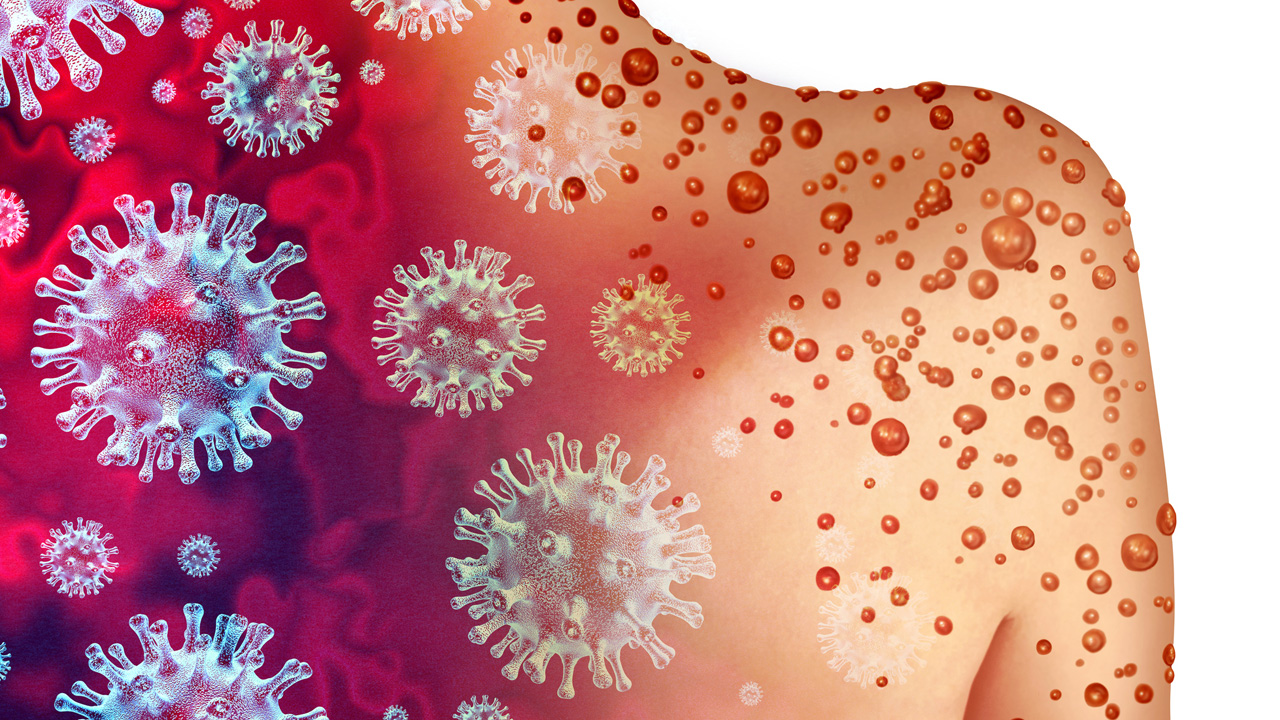Painful, boil-like lumps that appear in areas of the body that contain the apocrine sweat glands, such as the armpits, groin, breasts and buttocks, are characteristic symptoms of the skin disorder hidradenitis suppurativa (HS).
This condition arises due to blocked hair follicles, which leads to inflammation and build-up of fluid and pus. Pus can then leak out through channels, known as sinus tracts, which develop under the skin. Abscesses, infection and scarring are also common...
Painful, boil-like lumps that appear in areas of the body that contain the apocrine sweat glands, such as the armpits, groin, breasts and buttocks, are characteristic symptoms of the skin disorder hidradenitis suppurativa (HS).
This condition arises due to blocked hair follicles, which leads to inflammation and build-up of fluid and pus. Pus can then leak out through channels, known as sinus tracts, which develop under the skin. Abscesses, infection and scarring are also common complications of HS. Overall, HS affects only 1 per cent of the population.1
What causes the condition is unclear but smoking and obesity increase the risk substantially (around 60 per cent of HS sufferers are smokers).1,2
Hormones are another contributory factor as the disorder often onsets around puberty and may be associated with acne and hirsuitism. It occurs more commonly in women and in people of colour and may also be linked to inflammatory bowel diseases such as Crohn’s disease and ulcerative colitis, particularly if the groin and skin around the anus are affected.
In about one in three cases, there will be a family history of the condition.2 Unfortunately, HS presents as a recurrent and lifelong skin disorder that is complex to manage. Treatment options include topical antiseptics, oral antibiotics, retinoids and immunomodulatory medications including steroids and biologics. Surgery may even be warranted in severe cases.

